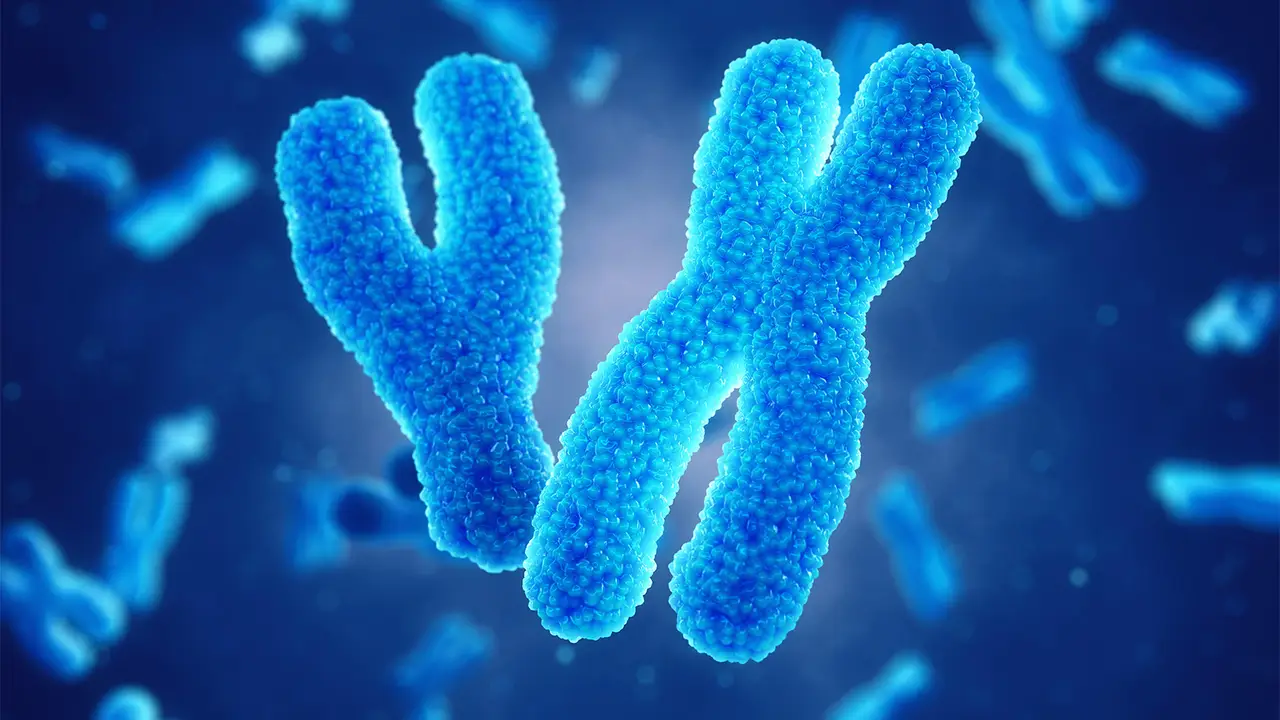Autoimmune diseases affecting millions globally have long presented a gender paradox, with women facing a significantly higher risk than men. A recent breakthrough study now suggests that the answer to this puzzle may lie in how the body manages its X chromosomes.
In the intricate world of human genetics, females typically carry two X chromosomes in each cell, but during embryonic development, one is selectively silenced. This process, orchestrated by the RNA molecule Xist, prevents an overwhelming production of proteins. However, a novel study published in the journal Cell unveils a surprising twist— the complex formed by Xist and proteins could potentially trigger an immune reaction, making females more susceptible to autoimmune diseases.
Dr. Howard Chang, co-senior study author and a professor at Stanford University, emphasizes the profound impact of Xist beyond its role in controlling gene activity. This newfound understanding not only sheds light on the gender disparity seen in autoimmune diseases but also opens promising avenues for future research into targeted treatments.
To dive deeper into this revelation, researchers genetically engineered two strains of male mice to express Xist. When exposed to a specific chemical trigger, the lupus-prone mice showed increased susceptibility to autoimmune symptoms, mirroring the patterns observed in females. This experimental setup underscores the potential influence of Xist on disease development.
The study underscores the critical interplay between genetic predisposition and environmental triggers in the context of autoimmune diseases. While Xist’s presence may heighten susceptibility, it doesn’t guarantee the onset of autoimmune conditions. The research team also analyzed blood samples from patients with autoimmune diseases, discovering elevated levels of Xist autoantibodies. This finding hints at a potential avenue for disease-specific diagnostics and personalized treatment predictions.
In essence, this study unveils a previously overlooked facet of autoimmune diseases, providing valuable insights that could pave the way for more nuanced and effective treatments tailored to individual needs.















































